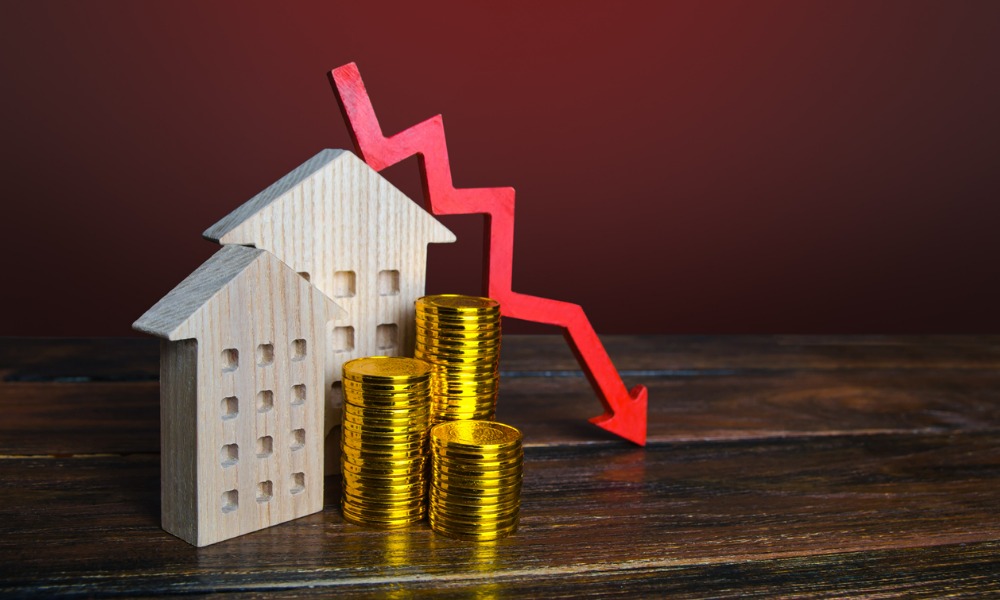The residential real estate market was frozen, says NAR chief economist

Existing-home sales dipped another 7.7% in November as the housing market stagnation dragged on for the tenth straight month.
“In essence, the residential real estate market was frozen in November, resembling the sales activity seen during the COVID-19 economic lockdowns in 2020,” said Lawrence Yun, chief economist of the National Association of Realtors.
Total existing-home sales declined 7.7% month over month and were down 35.4% year over year to a seasonally adjusted annual rate of 4.09 million in November. Yun said the main factor behind the slowdown in sales was the rapid increase in mortgage rates, which hurt housing affordability and reduced incentives for homeowners to list their homes.
According to the latest data from Freddie Mac, the average 30-year fixed-rate mortgage was 6.31% as of December 15 – a slight decline from 6.33% the previous week but up from 3.12% a year ago.
“The market may be thawing since mortgage rates have fallen for five straight weeks,” Yun said. “The average monthly mortgage payment is now almost $200 less than it was several weeks ago when interest rates reached their peak for this year.”
The median existing-home price for all housing types climbed 3.5% year over year in November to $370,700, marking the 129th consecutive month of annual increases – the longest-running streak on record.
Additionally, housing inventory remains near historic lows, down 6.6% from October to 1.14 million units in November. Unsold inventory sits at a 3.3-month supply at the current sales pace, unchanged from October but up from 2.1 months in November 2021.
Properties typically stayed on the market for 24 days in November, three days longer than in October and up from 18 days in November 2021. Around 61% of homes sold last month were on the market for less than a month.



